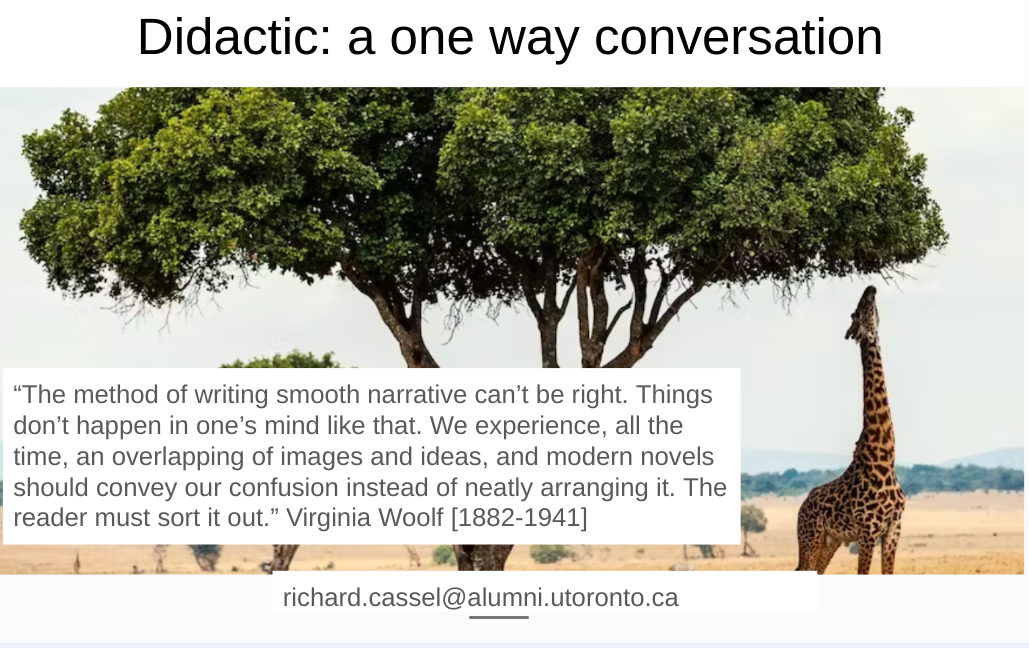 John Everett Millais [1829-1896], Francisco Pizarro seizing the Inca Emperor Atahuallpa, 1846
John Everett Millais [1829-1896], Francisco Pizarro seizing the Inca Emperor Atahuallpa, 1846The most dramatic moment in European-Native American relations
was the first encounter between the Inca emperor Atahuallpa and Spanish conquistador Francisco Pizarro at the Peruvian highland town of Cajamatca on November 16, 1532. Atahuallpa was absolute monarch of the largest and most advanced state in the New World, while Pizarro represented the Holy Roman Emperor Charles V [also known as King Charles I of Spain], monarch of the most powerful state in Europe. Pizarro, leading a ragtag group of 168 Spanish soldiers, was in unfamiliar terrain, ignorant of the local inhabitants, completely out of touch with the nearest Spaniards [1,000 miles to the north in Panama] and far beyond the reach of timely reinforcements. Atahuallpa was in the middle of his down empire of millions of subjects and immediately surrounded by his army of 80,000 soldiers, recently victorious in a war with other Indians. Nevertheless, Pizarro captured Atahuallpa within a few minutes after the two leaders first set eyes on each other. Pizarro proceeded to hold his prisoner for eight months, while extracting history's largest ransom in return for a promise to free him. After the ransom—enough gold to fill a room 22 feet long by 17 feet wide to a height of over 8 feet—was delivered, Pizarro reneged on his promise and executed Atahuallpa.Atahuallpa's capture was decisive for the European conquest of the Inca Empire.
Jared Diamond, Guns, Germs and Steel, 1997, p.68
An earlier reference to Diamond here.
